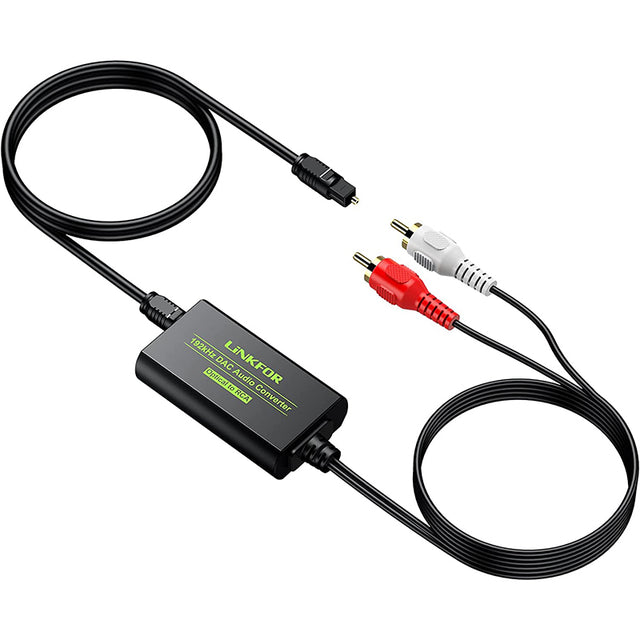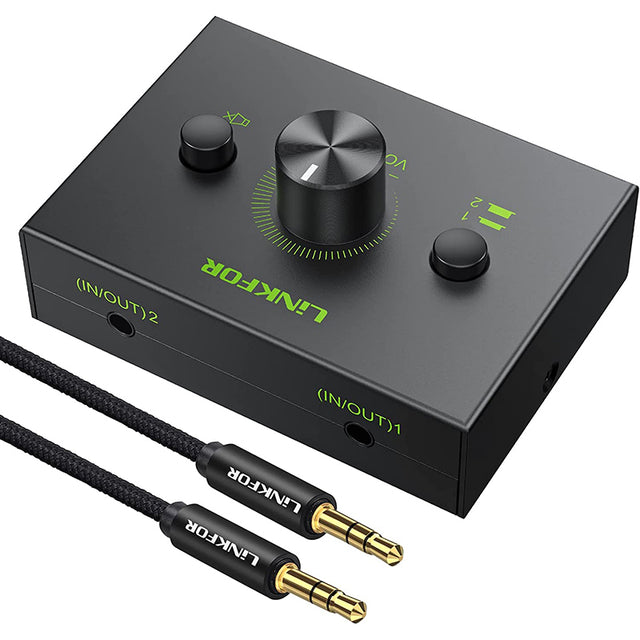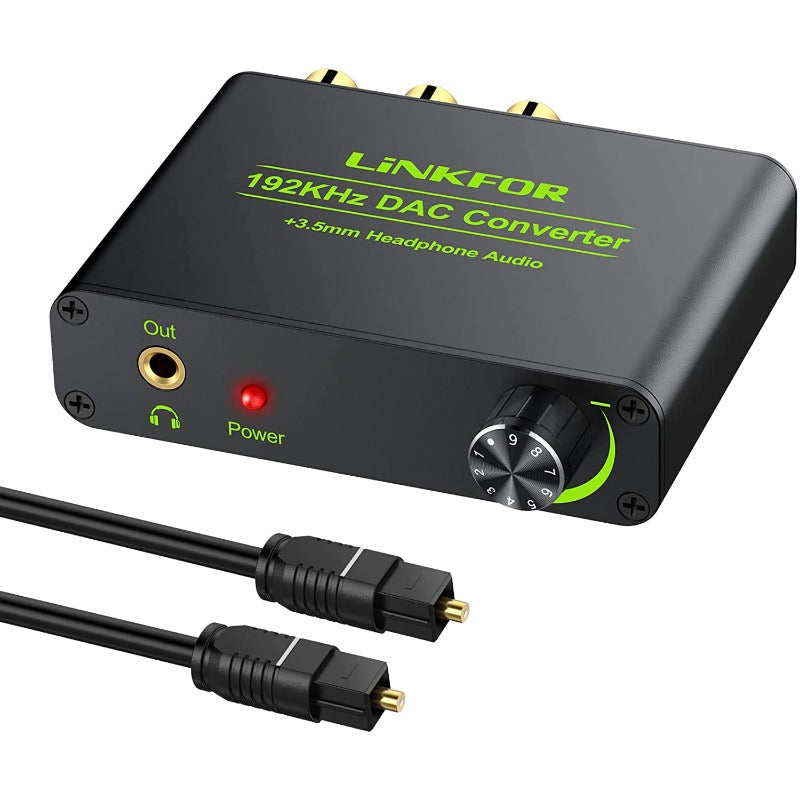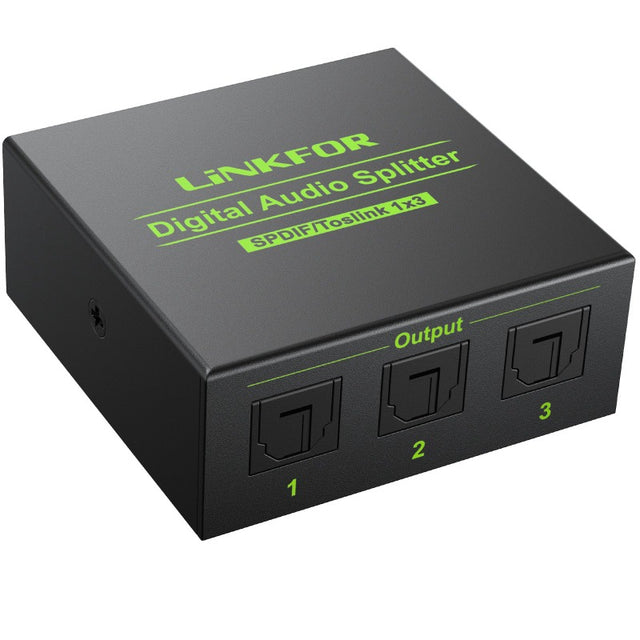How to connect headphones to a TV

In the past, hooking up a set of headphones to a TV was as simple as locating the headphone jack and plugging in your cans. But newer TVs are dropping analog outputs faster than Taylor Swift can debut new albums, and that has left some folks wondering how they can enjoy their TVs and still listen using headphones. But all hope is not lost.
CONTENTS
Wired up
Wireless connection
Gaming consoles and PCs
Even if your new TV has no audio outputs and a USB adapter is out of the question, there are plenty of other options for getting TV sound to your headphones. For instance, did you know that you can link up a pair of wireless headphones to most TVs and game systems? Or that you can route audio through the remote controls of popular streaming devices?
From wired to wireless, there are plenty of new hookups to get your headphones and TV simpatico once again. Here’s an in-depth look at all of your options.
We encourage you to take advantage of the many wireless ways to connect a set of headphones (which we describe below), but if your setup is conducive to a wired pair of headphones — meaning you’ll be sitting close enough to the TV or audio device to conveniently span the distance with a wire — there are still a handful of good options for plugging in.
Adapters
Connecting via an adapter first requires identifying what kind of audio output your TV has. On the back or side of your TV — or wherever your inputs are — there should be some form of audio output connection. In older TVs, there may be a 3.5mm (standard headphone) output, which makes it simple to plug and play.
More commonly, though, older models sport stereo RCA audio jacks, which will require an RCA-to-3.5mm female adapter, like this one from Amazon. This kind of setup is simple and affordable, but not ideal for most scenarios — after all, you probably don’t want a long cable snaking through the middle of your living room.
Newer TVs usually drop analog outputs in favor of a digital optical output. The output looks like a tiny, square-shaped door, often outlined in a bright red light (or fitted with a rubber cap such as the one shown in the image above). For this configuration, you need a digital-to-analog converter (DAC). This will not only allow you to plug in a 3.5mm headphone jack, but also convert the audio output to the correct format for playback in your headphones. Again, you’ll also likely need a headphone extension cable, so you can kick back.
Connecting to a streaming device’s remote control
Another, more convenient option is to plug into the remote control belonging to your streaming device, if available. If you’ve been thinking about getting a streaming device anyway, this is the perfect time to jump in. Streamers such as the Roku Ultra, Roku Streaming Stick 4K+, and the optional game pad controller for the Nvidia’s Shield TV have remote controls with a headphone jack built right in.
The only drawback with wiring your headphones this way is that you will only be able to listen to the content that your streaming device is providing. Unless your streaming device is also your TV (like TCL’s and Hisense’s lineup of Roku TVs).
Connecting through external audio devices
Devices like A/V receivers or even external speakers will usually have an accessible connection to plug in a pair of headphones. This is especially handy if you happen to have multiple source devices (e.g., a cable box or antenna, a streaming device, etc.). You’ll need to take a look at your hardware to see if there is a headphone output, or you could use one of the output-adapter setups we mentioned above (such as the RCA or digital optical adapters). Most A/V receivers will have a quarter-inch headphone input in the front, which requires nothing more than a simple adapter if your headphones have a 3.5mm jack.









